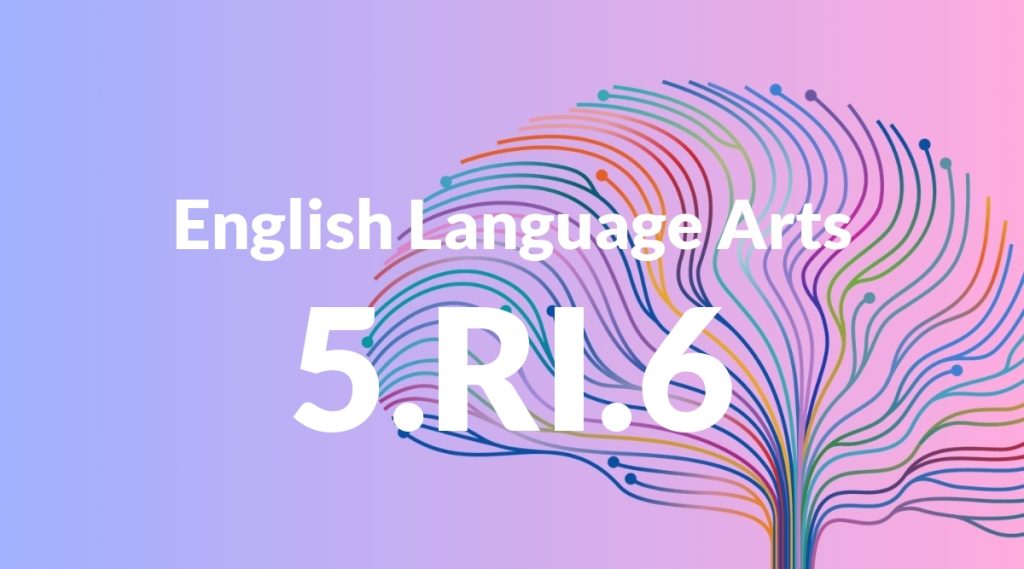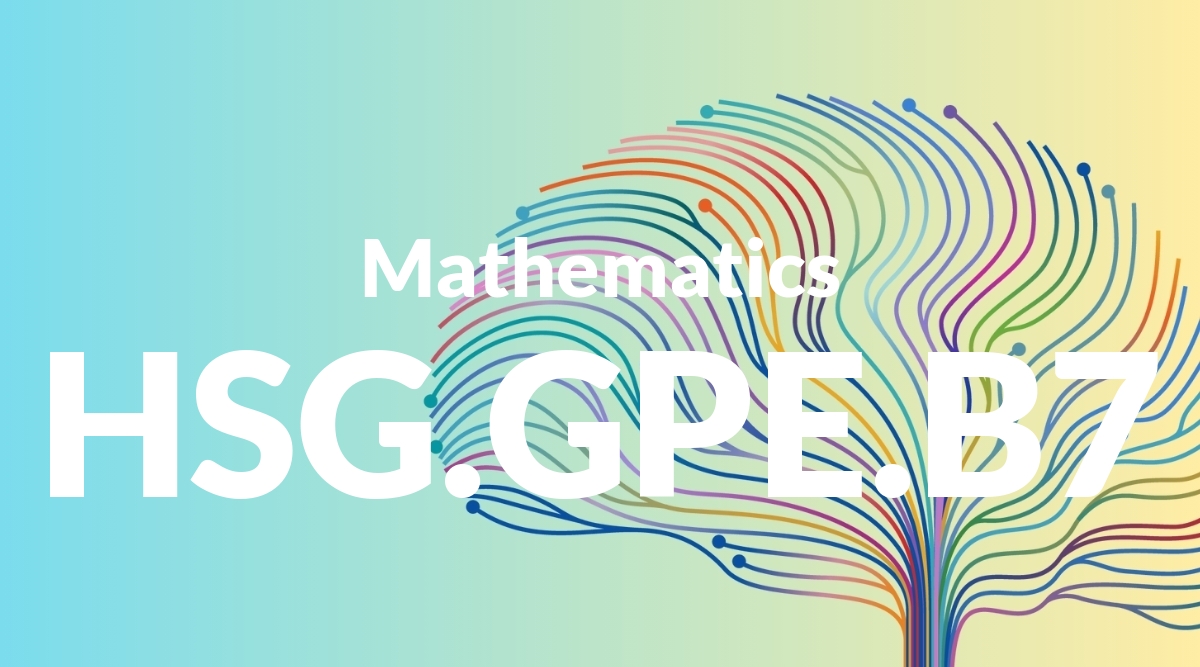Standard: 5.RI.6 – Analyze multiple accounts of the same event or topic, noting important similarities and differences in the point of view they represent.
Grade level: Grade 5
Subject: English Language Arts
Domain: Reading: Informational Text
Teacher Overview
This standard aims to develop students’ ability to analyze multiple accounts of the same event or topic, focusing on identifying important similarities and differences in the points of view represented. This skill is crucial for developing critical thinking and media literacy. Students should have a solid grasp of basic reading comprehension skills and the ability to distinguish between facts and opinions.
Mastering this standard will enable students to critically evaluate sources, understand bias, and synthesize information from multiple texts, which are essential skills for academic success and informed citizenship.
Common Misconception 1
A common misconception is that all accounts of an event are equally reliable. This is incorrect because different sources may have varying levels of credibility based on the author’s expertise, purpose, and the evidence they provide.
Intervention 1
To address this misconception, teach students how to evaluate the credibility of sources by examining the author’s background, the purpose of the text, and the evidence provided to support claims.
Common Misconception 2
Another misconception is that different points of view mean that one must be wrong. This is incorrect because different perspectives can coexist and provide a more comprehensive understanding of a topic.
Intervention 2
To remediate this misconception, help students understand that multiple viewpoints can provide a richer, more nuanced understanding of a topic, and teach them how to synthesize information from various sources.
Prerequisite Knowledge
Students should understand basic reading comprehension skills, including identifying main ideas and supporting details, and have experience with distinguishing between facts and opinions.
Subsequent Knowledge
Students will develop the ability to critically evaluate sources, understand bias, and synthesize information from multiple texts to form a well-rounded perspective.
Instructional Activities
- Compare and contrast news articles on the same event from different sources.
- Analyze historical events from multiple perspectives.
- Examine differing viewpoints in opinion pieces.
- Evaluate scientific reports on the same study.




